Footprints of the Archery Team on Rang - Luong Land
(Baonghean.vn) - 80 years have passed (January 13, 1941 - January 13, 2021), but the significance of the Do Luong uprising led by Doi Cung remains intact. In the land of Thanh Chuong and Do Luong, many ancient vestiges where Doi Cung once stationed troops and gathered soldiers still remain, reminding us of a historical milestone of the Vietnamese people.
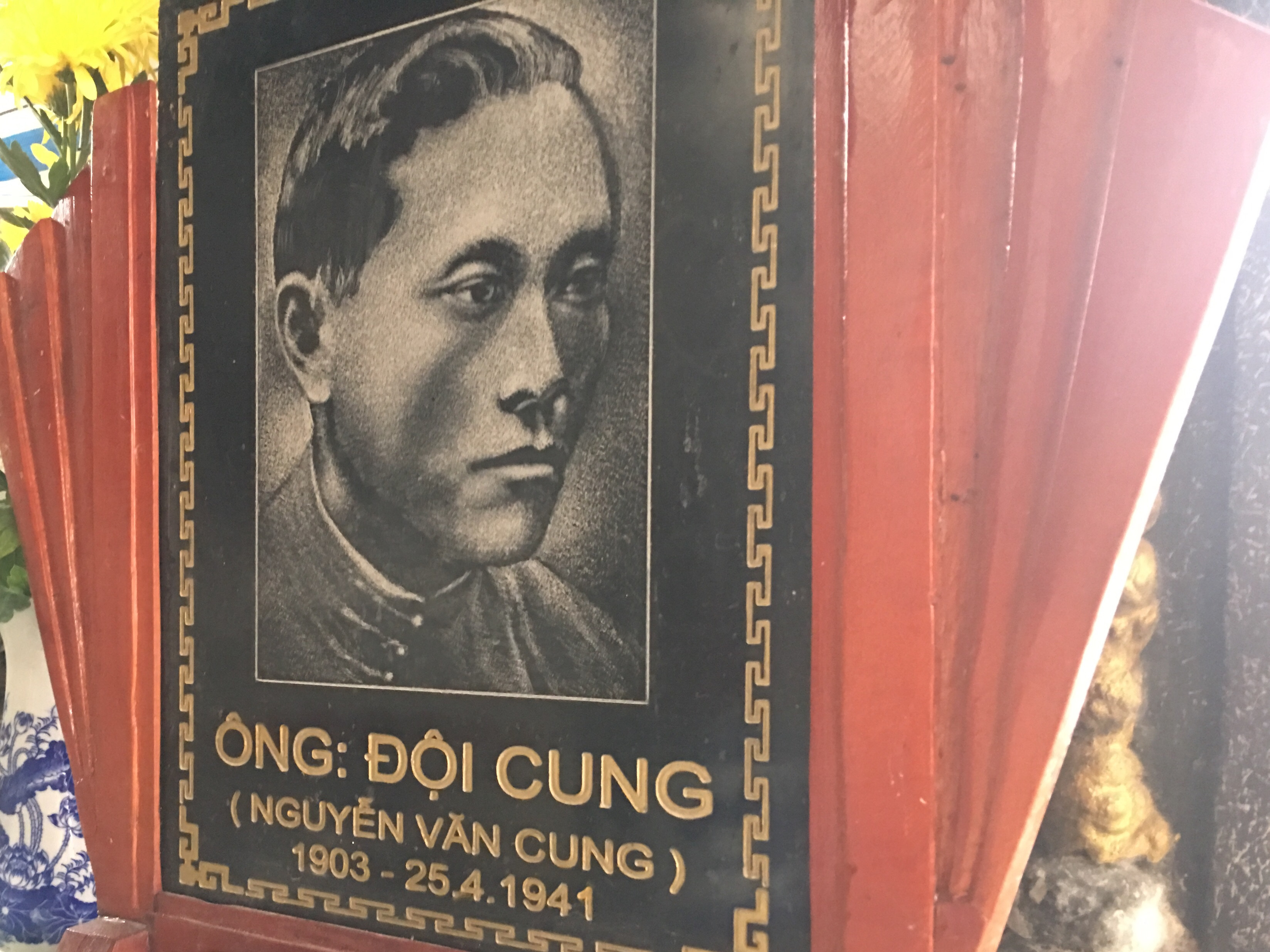 |
| The Archery Team's real name was Nguyen Van Cung. In 1926, he was forced to join the army in blue uniform, stationed at Bim Son station, Thanh Hoa province. In 1930-1931, to suppress the Nghe-Tinh Soviet movement that was spreading everywhere, the Archery Team was transferred from Thanh Hoa to station at Kim Nhan station, Anh Son district. Photo: Ngoc Phuong |
 |
| On January 8, 1941, Doi Cung was considered as the team leader to replace the French garrison commander, Alongdo, stationed at Rang garrison in Thanh Chuong district. The land of the old Rang garrison was located on the bank of Lam river, bordering Thanh Chuong and Do Luong districts, now in Truong Son hamlet, Dai Dong commune, Thanh Chuong district. The garrison was responsible for controlling both Thanh Chuong and Do Luong districts by road and waterway. Photo: Ngoc Phuong |
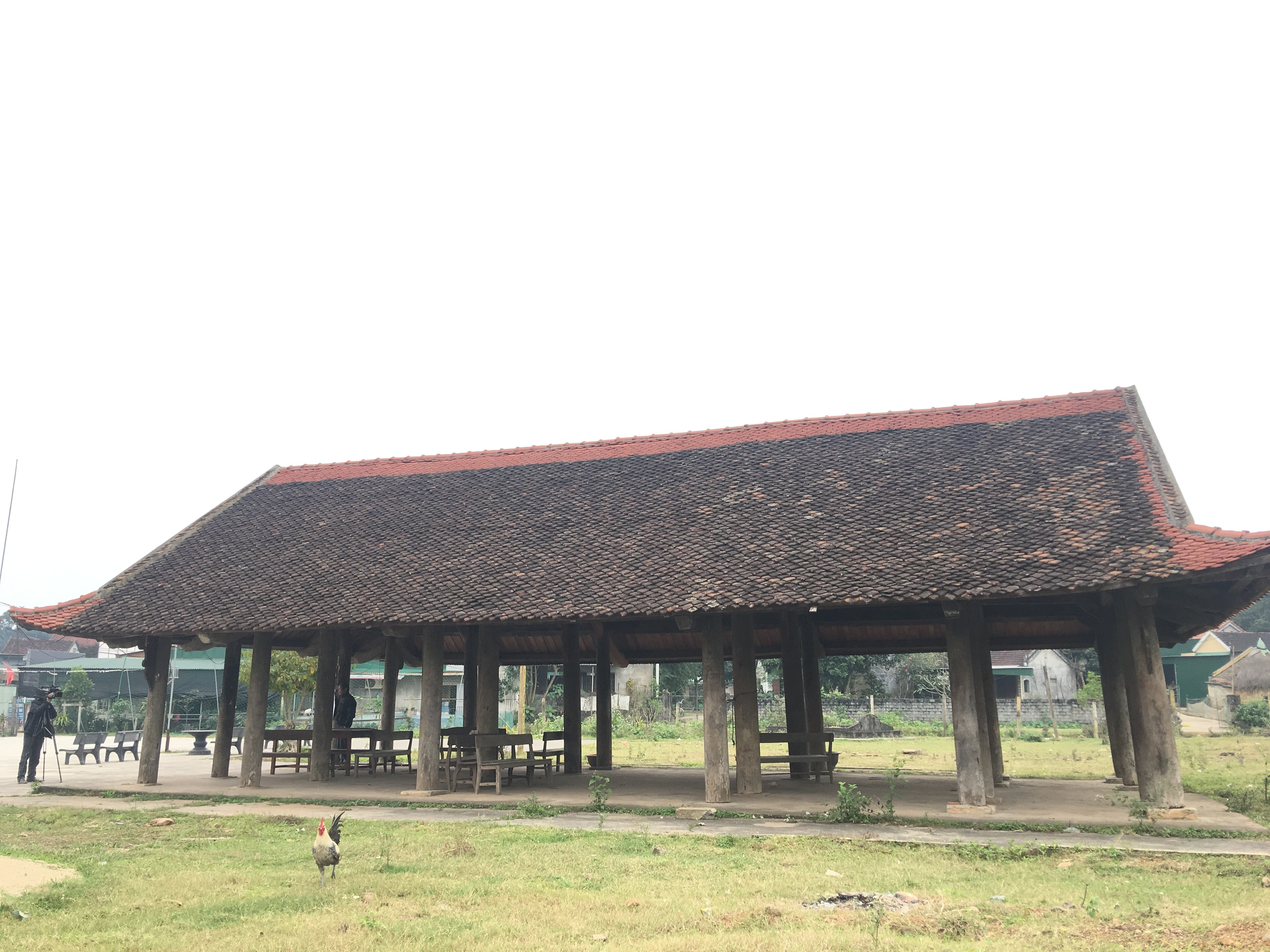 |
| On this land, there is still Cho Rang communal house, witnessing many historical ups and downs, where the footprints of the Cung Team and the soldiers of Don Rang are imprinted. Photo: Ngoc Phuong |
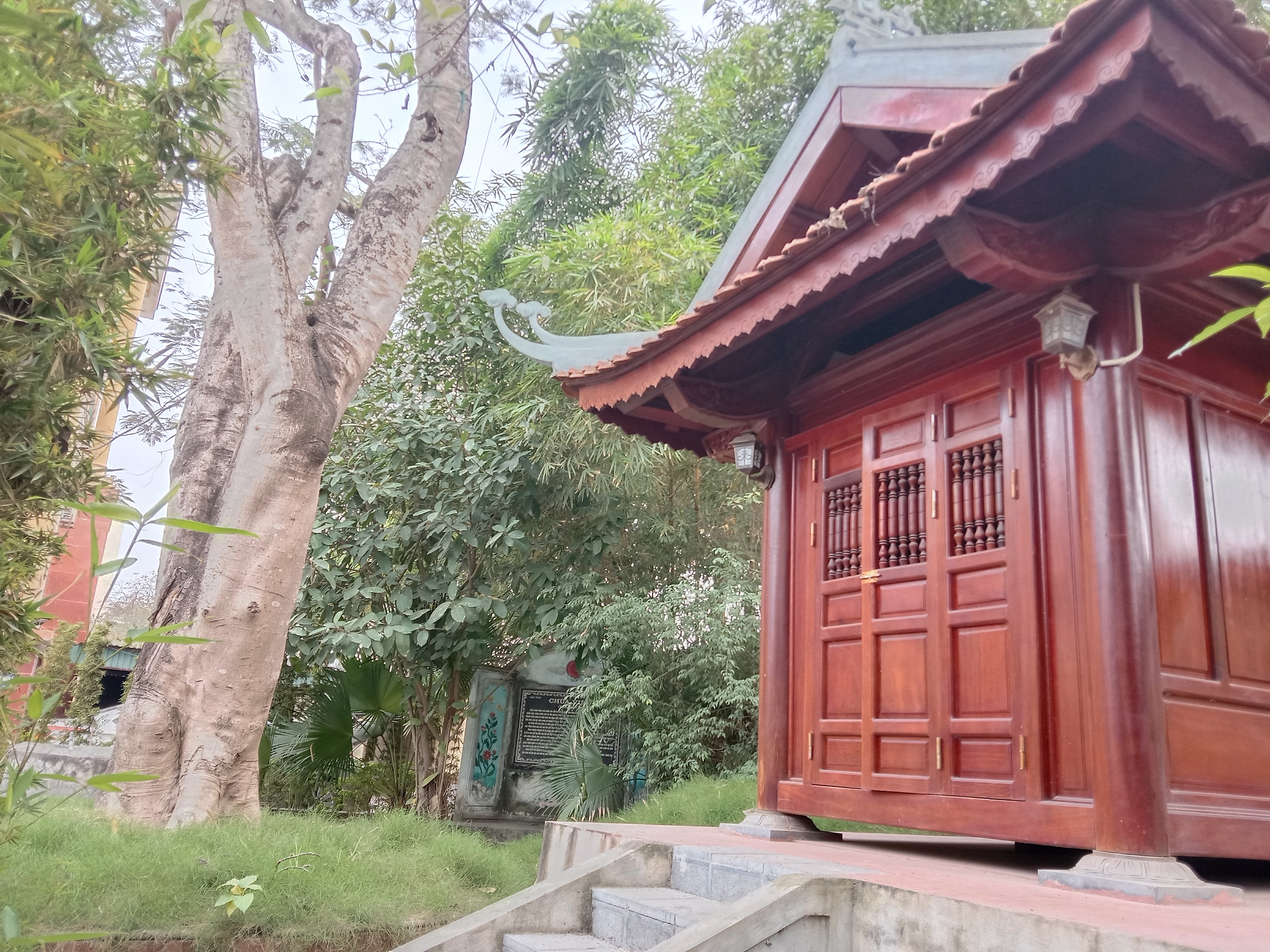 |
| The ancient Vuon Pagoda, now located on the land of the Do Luong District Party Committee, is where the Cung Team gathered soldiers after marching from Rang to Do Luong. A small temple, a well and a memorial stele were restored by the Do Luong District Party Committee in 2014 right on the premises of the agency. Photo: Ngoc Phuong |
 |
| The stele here states: "At 1 a.m. on January 13, 1941, Captain Nguyen Van Cung chose this place as the location to gather the insurgent army and at 6 a.m. on the same day, he issued the order to capture the wire house and the green-clad soldier post at the intersection of Do Luong town." Photo: Ngoc Phuong |
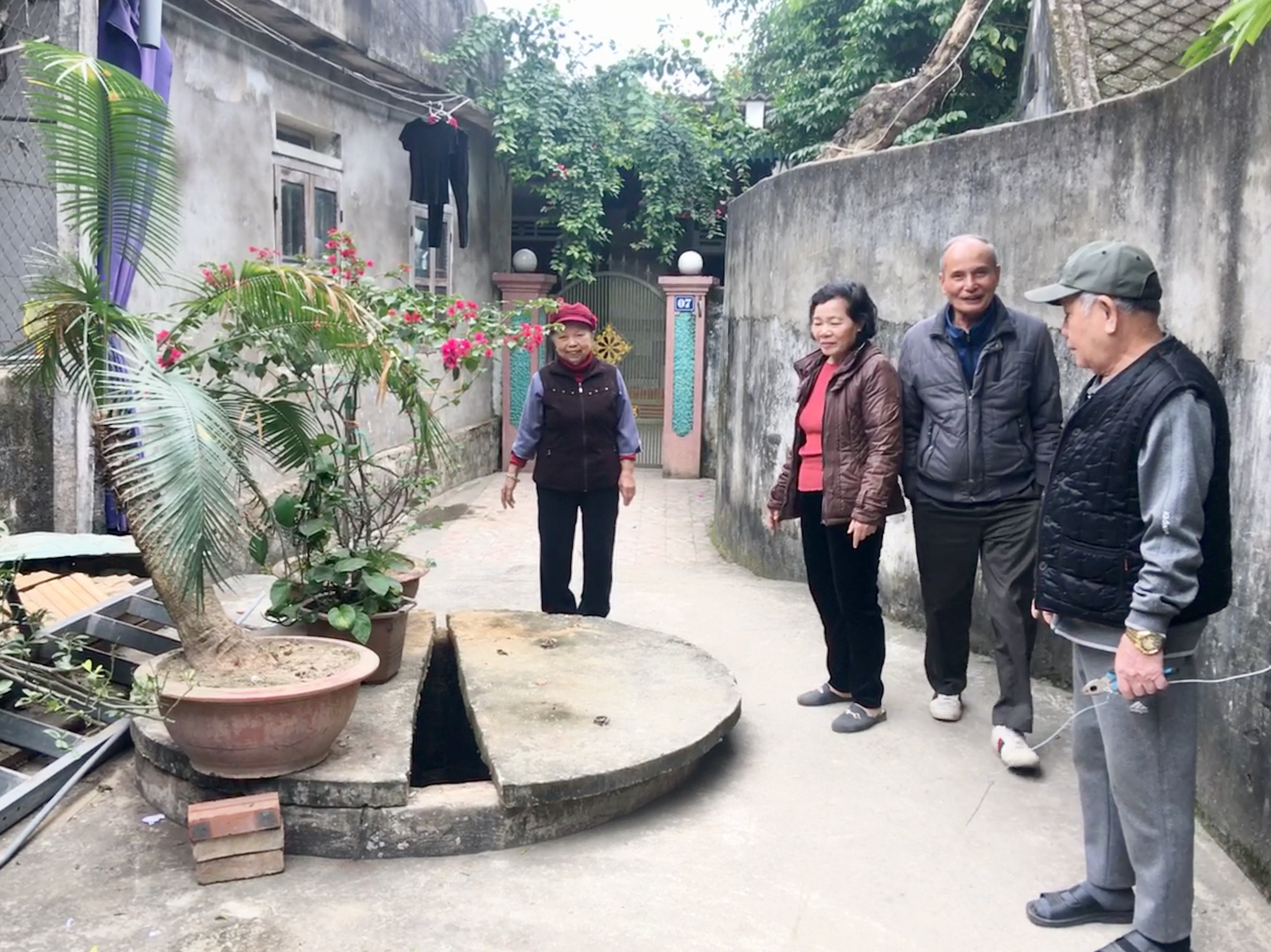 |
| The Don Do Luong Well still exists today, located in the residential area of Block 3, Do Luong town. In the past, the well was used by soldiers for daily activities. Photo: Ngoc Phuong |
 |
| The flagpole of Do Luong station is located between the two walls of Mr. Vu Dinh Moc and Mr. Nguyen Van Nghi's house in block 3, Do Luong town. After 80 years, the steel flagpole has rusted. Photo: Ngoc Phuong |
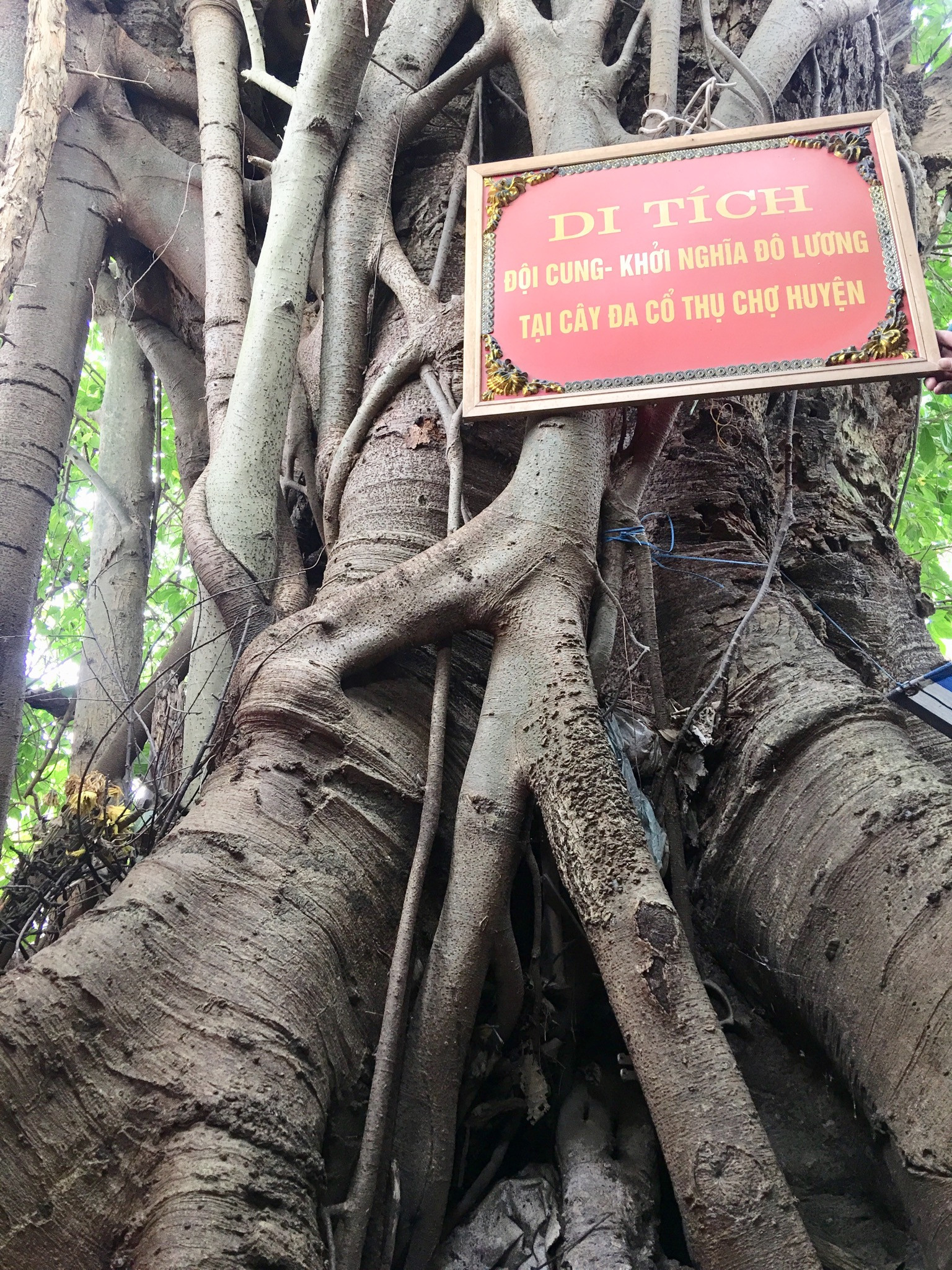 |
| A few hundred meters from the flagpole, there is an ancient banyan tree - where soldiers gathered when attacking Do Luong fort. The banyan tree and the temple are now located in the Do Luong Trade Center market area. Photo: Ngoc Phuong |
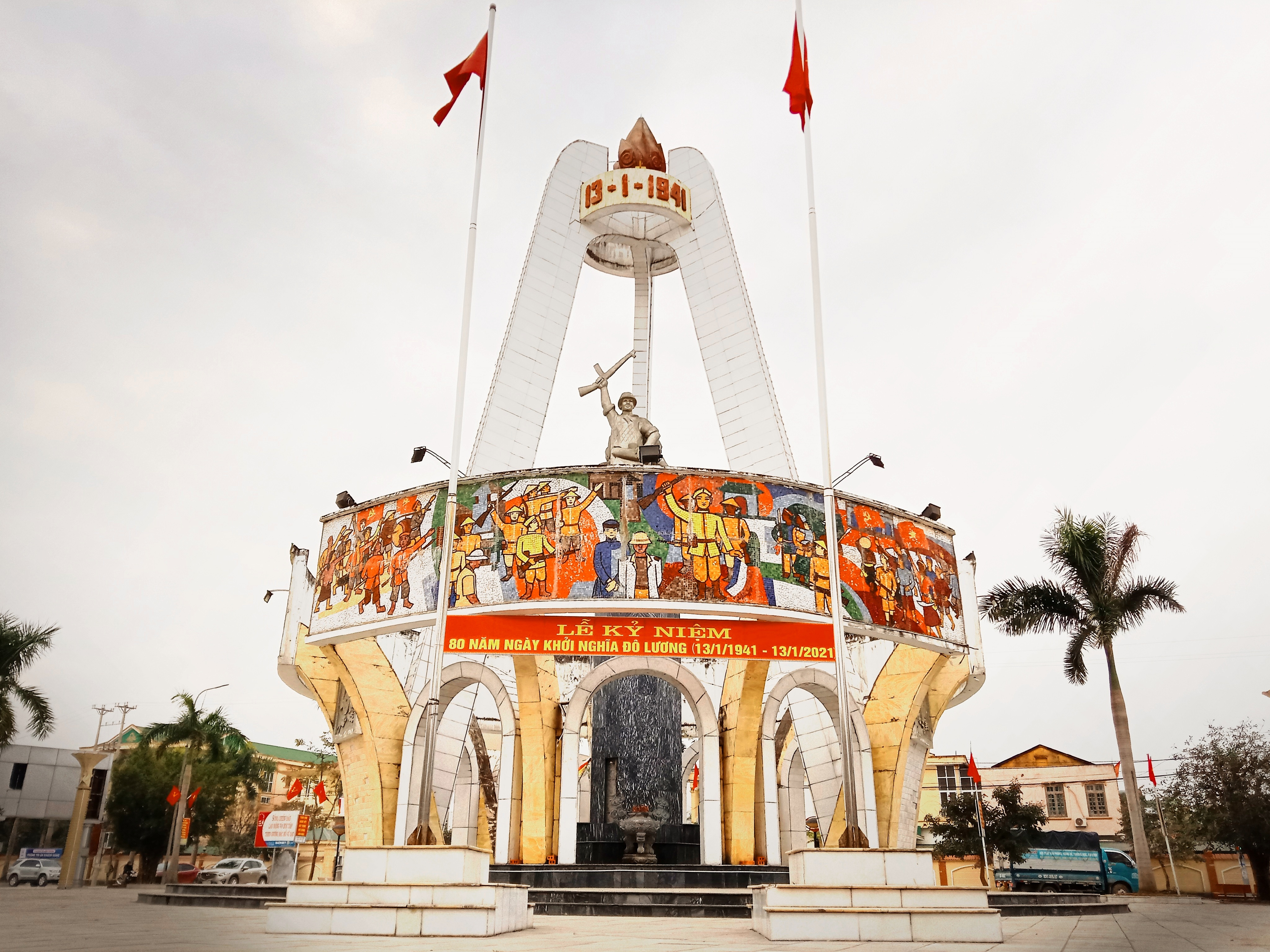 |
| The Do Luong Uprising Monument at the Post Office intersection in Do Luong town. The Do Luong Uprising is also known by other names such as: Rang Luong Mutiny, Do Luong Mutiny. Although it failed, the uprising had an important meaning, demonstrating the patriotism of the revolutionary soldiers, refusing to be slaves, forced labor, rising up to fight against foreign invaders. The uprising was an alarm bell for later uprisings to come to victory. Every January 13, the Party Committee and the Do Luong government hold a solemn ceremony to review the tradition of uprising of soldiers and revolutionary soldiers. It is the blood of soldiers and revolutionary soldiers that has added more color to the flag of the Fatherland, the red streak in the golden revolutionary history of the Vietnamese people. Now, the land where Doi Cung made the uprising has changed and developed strongly. Photo: Ngoc Phuong |
